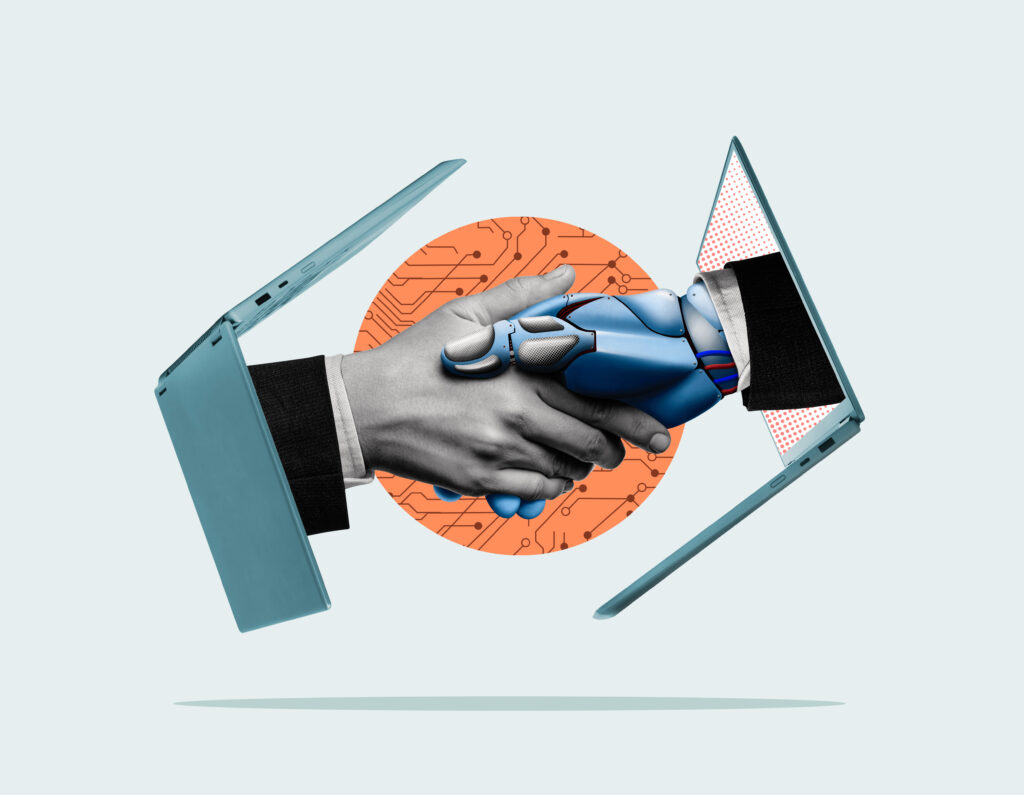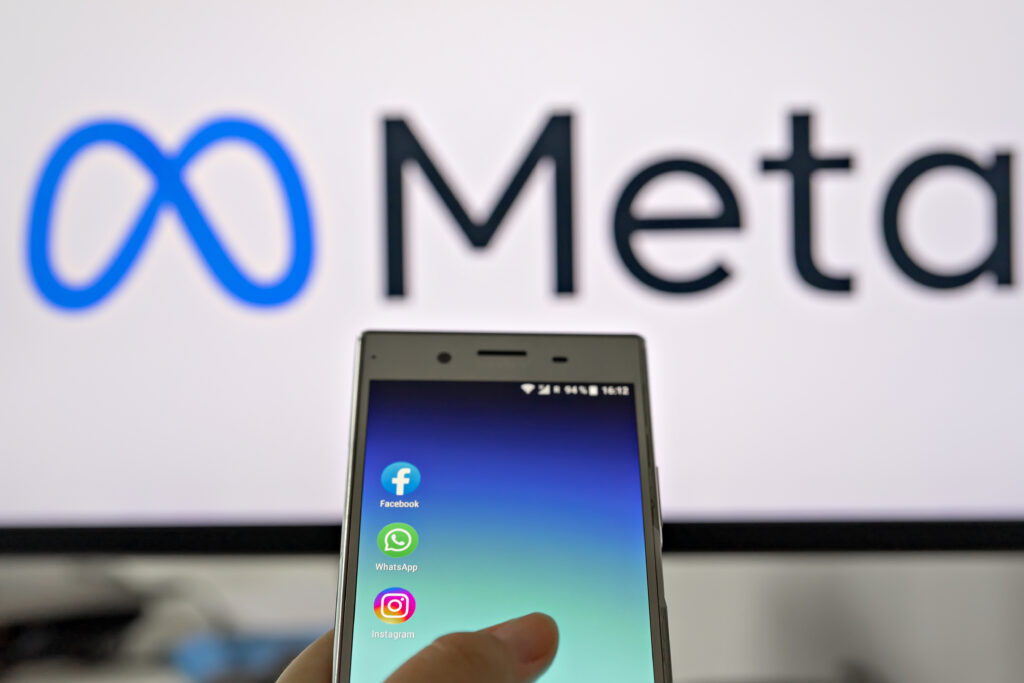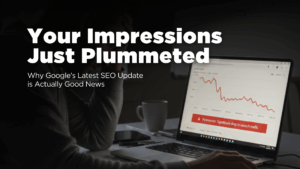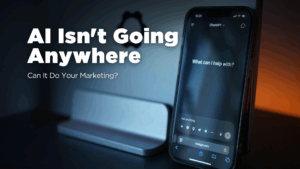Meta recently announced plans to fully automate its advertising platform by the end of 2026. The vision? A world where business owners simply provide a product image, a few details, a budget, and the AI handles everything else — creative design, audience targeting, campaign optimization, even budget allocation.
This could make advertising incredibly easy for small businesses. You tell the AI your goal (like driving sales or getting leads), you set your budget, and the system does the rest — literally running your ads on autopilot.
Meta’s CEO, Mark Zuckerberg, describes this as a “redefinition of advertising.” The company is building an AI-powered, one-stop shop where running ads will be as simple as “plug and play.”
While this may sound like a perfect solution for time-strapped business owners, it also comes with some important caveats. Will this really replace the need for ad agencies, marketers, or human input? Absolutely not. In fact, human expertise is about to become more essential than ever.
How Meta’s AI-Powered Ad Platform Works
Meta has already been weaving artificial intelligence into its ad products for years. If you’ve used tools like Advantage+ shopping campaigns or automatic targeting, you’ve seen early versions of this. But what’s coming by 2026 is a much more hands-off, AI-driven system.
What Will Change?
Right now, Meta’s AI can optimize existing ads – tweaking headlines, adjusting images, and automatically targeting audiences based on past performance. Meta claims that Advantage+ campaigns already help businesses increase return on ad spend by up to 22% compared to manual campaigns.
But Meta’s next step is much bigger. Their goal is full automation:
- You’ll tell Meta your advertising objective (for example, getting more website sales).
- You’ll upload a product image or provide a product link.
- You’ll set your budget and timeline.
That’s it.
Meta’s AI will then:
- Create the ad content for you – generating images, videos, and copy using generative AI tools.
- Automatically target the right audiences – using a new system called Meta Lattice, which analyzes trillions of data points.
- Optimize your budget – adjusting where and when your ads appear for the best performance.
The AI will even personalize ads in real time. So, the same campaign could show one version of an ad to a user in New York and a completely different version to someone in Florida, all automatically generated based on location, weather, or user behavior.
Meta’s vision is to make advertising so simple that businesses don’t need to know about targeting, creative strategy, or media buying at all. According to Zuckerberg, the goal is to let businesses “just tell us what objective they’re trying to achieve, how much they’re willing to pay, and connect their bank account – and we’ll do the rest.”
This sounds incredibly efficient, especially for small businesses without big teams or ad agencies. But it’s not without risk. Just because AI can run your ads doesn’t mean it should run without human oversight.

The Risks and Limitations of Fully Automated Ads
While Meta’s upcoming AI-powered ads promise speed and convenience, business owners need to understand the serious risks that come with fully automating their advertising. Just because AI can run your ads doesn’t mean it can always protect your brand, connect with your audience, or make the best decisions for your business. Here’s why human oversight will remain essential.
Brand Safety & Creative Consistency
AI can generate ads quickly, but it doesn’t fully understand your brand’s voice, values, or creative boundaries. Without human review, it might produce off-brand images, awkward headlines, or even offensive content. Meta’s own team admits this risk, and Google’s AI has already made public mistakes misrepresenting people and cultural references. Worse, as more businesses use the same AI tools, ads risk becoming generic, repetitive, and forgettable — what some call “ad slop.” Even though AI can pump out endless variations, more doesn’t mean better. Brand safety, creative quality, and consistency require human supervision. For most businesses — especially in sensitive industries — automated ads should never go live without a human check.
Transparency & Control (The “Black Box” Problem)
AI systems like Meta’s often make ad decisions behind the scenes — about targeting, placements, and budget — but rarely explain why. This lack of transparency, or “black box,” is a major problem. If your ads underperform, you may have no insight into what went wrong or who actually saw them. Google’s Performance Max faced this exact issue. Advertisers complained they couldn’t control where ads ran or understand audience targeting until Google eventually added more visibility after backlash. Businesses using Meta’s AI could face similar blind spots. Loss of control can also create legal risks for regulated industries that require detailed targeting records. Additionally, businesses need to carefully manage their customer data within these AI systems to ensure privacy and security. Regulators are now pushing for clear labeling of AI-generated content, and businesses will likely need to track how AI decisions are made. AI might handle the execution, but you’re still accountable for the results.
Personalization & Ethical Concerns
Meta’s AI will enable ultra-personalized ads that adjust in real time based on user behavior, location, and preferences. While this can increase relevance, it also raises privacy concerns. Highly targeted ads can feel invasive, and consumers are becoming more aware — and more critical — of companies that over-personalize. Left unchecked, AI can also reinforce bias, accidentally excluding certain groups or showing different ads based on sensitive attributes. Facebook’s past targeting issues are proof of how easily this can happen. Ethical personalization requires human oversight to ensure fairness and avoid the “creep factor” where ads feel like surveillance. And while the AI writes the copy and selects the visuals, your brand is still legally responsible for what’s published. Companies must carefully review automated ads to avoid misleading claims or insensitive content. Full automation may save time, but it does not remove the need for human accountability.
Why Human Advertisers and Agencies Remain Essential
Meta’s fully automated ads may make it easier to “run” campaigns, but AI cannot replace the strategy, creativity, and judgement that humans bring to the table.
Here’s why human advertisers and agencies are still critical — and why they’ll continue to add value even as AI takes over the heavy lifting.
Creative Direction Still Comes from Humans
AI can generate ad variations, but it can’t create big-picture ideas or unique brand stories. Great advertising is about more than filling space with headlines and images — it’s about telling stories that resonate with people and make your brand memorable. AI can remix what already exists, but it can’t create original brand moments that build emotional connection. That’s human work.
Agencies help develop these creative strategies and guide the AI to stay on-brand. Without this direction, you risk running ads that are technically “optimized” but feel generic, cold, or off-message.
Strategy Can’t Be Automated
AI is good at execution. But it can’t decide what your business should prioritize, how to allocate your total marketing budget, or which customer segments offer the best long-term growth. That’s where human strategists and agencies come in.
Agencies look beyond one platform. They design campaigns that fit your overall business goals, across Google, TikTok, LinkedIn, email, and more — not just Meta’s ecosystem. Without this holistic view, it’s easy to over-rely on automation and miss opportunities in your broader marketing strategy.
Agencies Know the Platforms — and How to Work with AI
Today’s best agencies aren’t afraid of AI — they’re learning how to guide it, prompt it, and get the best results from it. At Adapting Social, we see AI as a tool to make ads faster and smarter — but we also know where to step in to protect brand voice, keep creative fresh, and make sure campaigns are hitting the right people at the right time.
An experienced agency knows how to balance automation with human control:
- Reviewing AI-generated ads before they go live.
- Adjusting inputs to steer the AI toward better outcomes.
- Providing the creative spark that makes ads stand out.
AI can execute, but agencies ensure that execution actually supports your business goals.
Trust, Empathy, and Customer Understanding Are Still Human
Data can tell you what people click, but it can’t always tell you why they care. Agencies and marketers bring human empathy, cultural awareness, and market insights that AI simply doesn’t have. We help businesses connect with their audience on a real, personal level — something automation can’t fully achieve.
If you want your brand to stand for something, build trust, and speak with authenticity, you need human advertisers in the mix.

AI Can Run Ads — Humans Make Them Work
Meta’s fully automated ads may handle the clicks and placements, but they can’t replace human creativity, strategy, or accountability.
In fact, as automation increases, the role of experts becomes more important — to guide the AI, keep your brand safe, and make sure your ads actually deliver results that matter.
At Adapting Social, we help businesses like yours navigate these changes.
We know that AI can do amazing things — but it needs human strategy to truly work.
We’re not just experimenting with AI. We’re building it. Our team is hands-on, proactive, and relentlessly focused on real business results. From AI-powered ad optimization to human-led creative direction, we help businesses like yours blend automation with human expertise to grow the right way.
Let’s work together to future-proof your advertising. Learn more about how we combine AI and marketing at scale.




